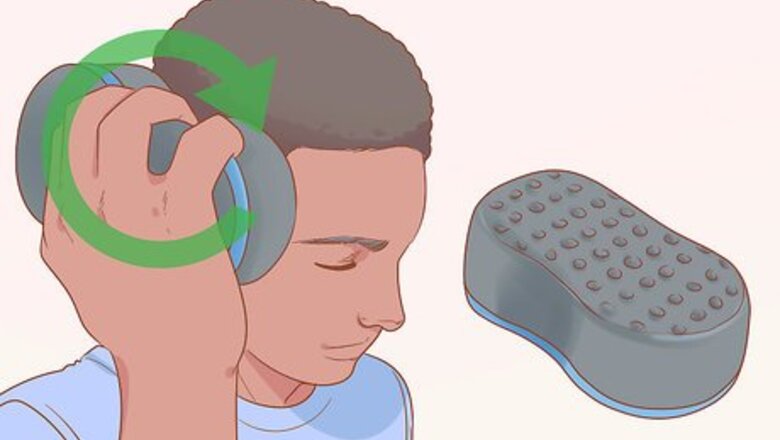
views
Using the Brushing Method
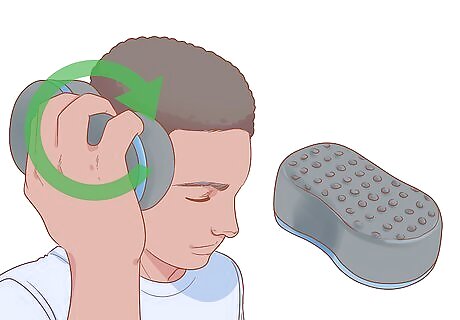
Make small circular motions with a soft bristled brush. Brush small, inch sized circles in a clockwise motion until the hair starts to form into balls. This should only take about a minute or two. Once a ball of hair forms, move onto another section of the hair to continue making dreadlocks throughout the hair. The brushing method works best for coarse hair that's 3/4" to 2.5" (1.905 cm - 6.35 cm) long. You can also use a sponge brush, which is made specifically to create dreads and curls in someone's hair. Using a sponge brush often works better on short hair than using a bristle brush.
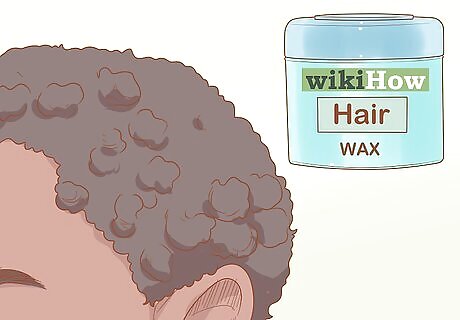
Apply cream or wax to each of the balls. Once all the hair is spun into small balls, you should apply a dread wax or cream to moisturize them and hold them in place. Put a dab of cream into your hand and rub it into each of the dreads. Popular brands of dread wax include Jamaican Mango & Lime, Doo Gro, and Africa's Best.
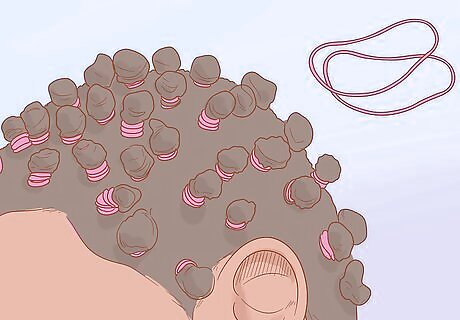
Secure the dreads with a hair clip or elastic band. You can help hold down the dreads with elastic bands or small hair clips. Apply the elastic band under the ball, near the root of the hair. Make sure not to apply the bands too tightly or it can cause discomfort to the person getting the dreads. If the texture of your hair is medium to coarse, you can skip this step. Tightly coiled hair will not unravel.
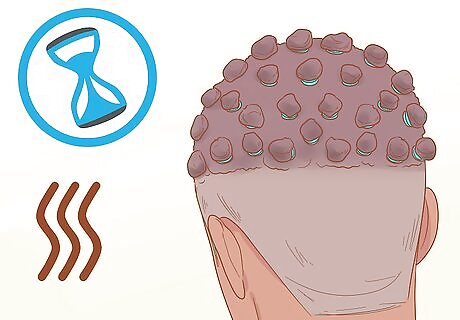
Dry the locks and let them sit for at least three hours. Use a hair dryer to dry your locks completely. Touch them and make sure that they are no longer wet, but remain moisturized by your wax. Once they've been allowed to dry and set, you can remove your hair clips or elastic bands. If you have access to a hooded dryer, use it instead of a hair dryer, as it will work more effectively. Don't sleep or play with your hair for three hours or the dreads may come loose.
Twisting Dreadlocks
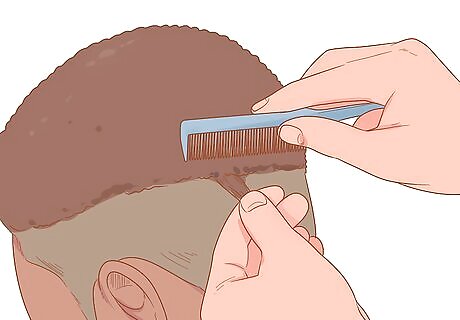
Separate the hair into inch-sized (2.54 cm) squares. Grab a small portion of hair and comb the knots out of it. Continue to do this all over the head, making 1x1 inch (2.54 cm x 2.54 cm) squares. Each section of hair will be a different dreadlock. If you wish, you can secure the end of the hair with a rubber band or a small hair clip. However, this is usually not necessary. Twisting dreadlocks is ideal for coarse hair as short as 2 inches (5.08 cm). You may have to wet the hair to help get the knots out.
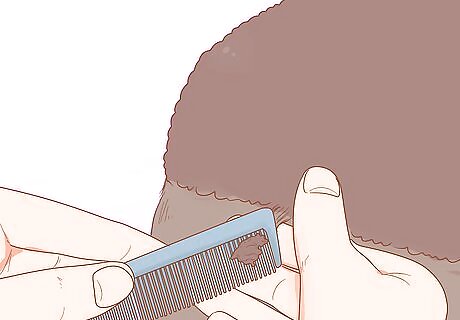
Comb through a portion of the hair and apply a loc cream. Rub a moisturizing loc cream into each portion that you separated with your hand. Make sure that the cream is rubbed throughout before moving onto the next separated section of hair.
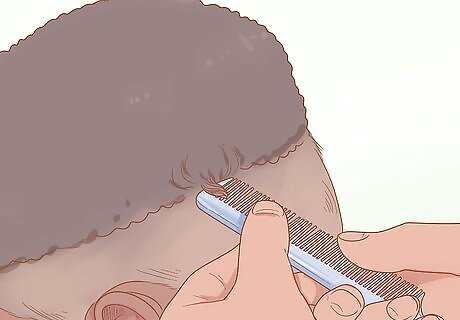
Insert the comb at the root and twist it. Use a rat tail comb and insert it at the root of the hair. Twist the comb while pulling, until you work your way to the end of the hair. Keep the hair in the teeth as you twist. When you're finished the portion of hair should be twisted into a small dread. This method is ideal for short hair because you don't need much length to twist portions of the hair into dreads. If you applied enough loc cream, you won't need to secure the dreads with rubber bands.
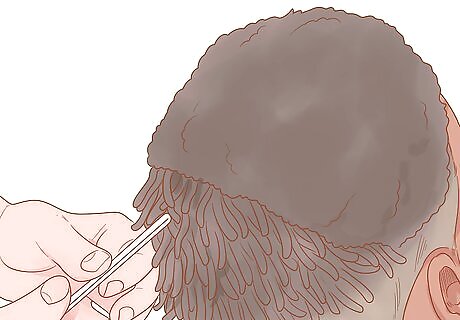
Continue to make dreads in neat and organized rows. Continue creating dreads across the head horizontally, spacing them out an inch (2.54 cm) apart from one another. Once you are done with a row, move onto another portion of the hair until the entire hair is dreaded.

Let the dreads dry. Let your dreads for at least three hours before touching them or going to sleep. You can use a hand held hair dryer to remove any leftover moisture from dreading. If you can, sit under a hooded dryer rather than using a hair dryer. This works more effectively because it provides an even air flow.

















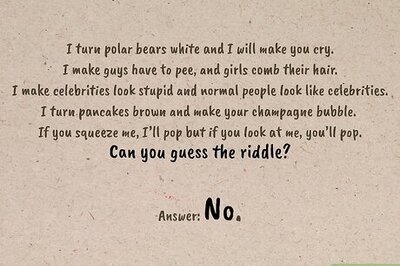

Comments
0 comment